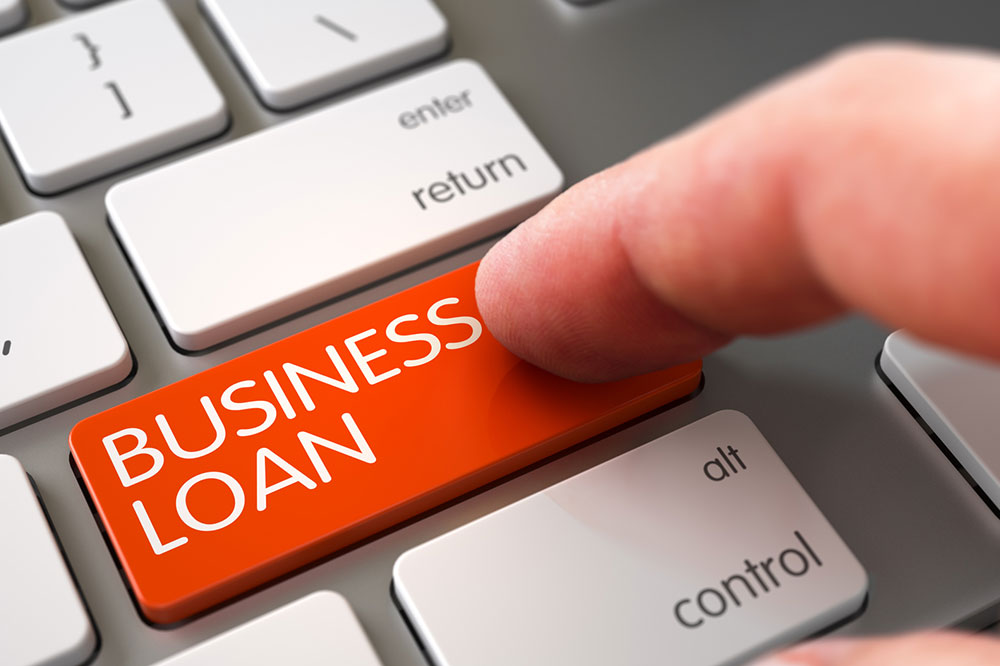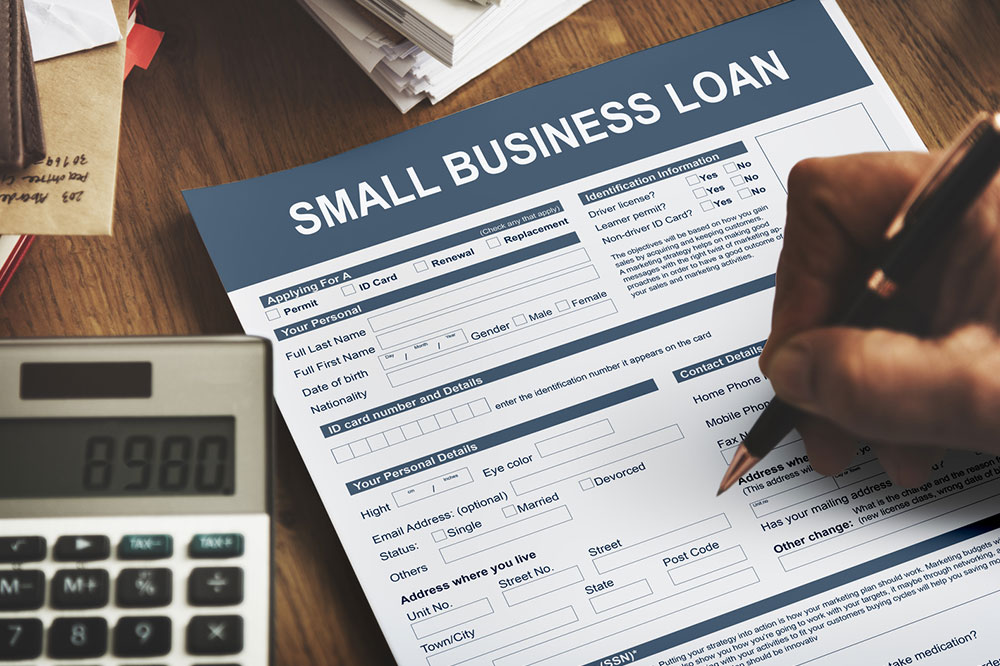Comprehensive Guide to Securing SBA-Backed Business Loans for Small Enterprises
This comprehensive guide offers small business owners detailed strategies and insights into securing SBA-backed loans. Understand guarantee percentages, eligible uses, and the application process to improve your chances of financing success. Perfect for entrepreneurs seeking affordable and flexible funding options to expand and stabilize their business operations.

Comprehensive Guide to Securing SBA-Backed Business Loans for Small Enterprises
Securing financing is often one of the most critical challenges faced by small business owners and entrepreneurs. A practical and popular solution for funding growth, managing cash flow, or purchasing new equipment is obtaining a Small Business Administration (SBA)-backed loan. These loans, provided through authorized banks and lending partners, offer favorable terms such as low interest rates, extended repayment periods, and flexible conditions, making them an attractive option for small businesses seeking reliable financing options.
While SBA-backed loans are highly beneficial, the qualification process can be competitive and complex, requiring preparation and strategic planning. Understanding the nuances of SBA loan programs, eligibility criteria, and application procedures is essential to increasing your chances of approval. This comprehensive guide aims to provide business owners with detailed insights and actionable tips to navigate the SBA loan landscape successfully.
Understanding SBA Guarantee Percentages and Loan Limits
The SBA plays a pivotal role in backing small business loans by guaranteeing a portion of the loan, thereby reducing the lending risk. For loans up to $150,000, the SBA guarantees up to 85% of the loan amount, providing lenders with greater confidence to approve smaller and medium-sized loans. For larger requests exceeding $150,000, the guarantee covers up to 75%. Importantly, the maximum guarantee amount the SBA offers is capped at five million dollars, making this program accessible for a wide range of small business needs.
This guarantee structure applies mainly to two popular SBA loan programs: the 7(a) Loan Program and the 504 Loan Program. These programs are designed to provide significant financial support, helping small businesses expand operations, acquire assets, or stabilize cash flow management.
Permissible Uses of SBA-Backed Loan Funds
One of the key advantages of SBA-backed loans is their flexibility in terms of use. Borrowers can utilize the funds for various business-related expenses, including working capital, equipment financing, or business expansion initiatives. For the SBA 7(a) program, the funds are generally available for broad purposes such as inventory purchase, supplier payments, or operational costs.
In contrast, the SBA's 504 loan program is primarily focused on long-term projects like land acquisition, construction, or major equipment upgrades. These are typically managed through authorized private-sector lenders or nonprofit certified development companies (CDCs), which collaborate with the SBA to facilitate substantial infrastructure investments.
How the SBA Guarantee Mitigates Lender Risk
The primary benefit of the SBA guarantee is the reduction of lending risk for financial institutions. When a borrower defaults on a loan, the SBA covers the guaranteed portion, which diminishes the potential losses for lenders. This safety net encourages lenders to approve loans that might otherwise be deemed too risky, expanding access to capital for small businesses.
Furthermore, SBA guarantees often enable borrowers to benefit from longer repayment terms, often extending up to 25 years on real estate loans or 10 years for equipment financing. Such extended terms help keep monthly payments manageable, thereby improving cash flow and aiding in business stability and growth.
Step-by-Step Guide to Applying for an SBA-Backed Loan
Applying for an SBA-backed loan involves several steps, designed to ensure both borrower eligibility and lender confidence. Here’s a detailed overview of the process:
Research and preparation: Understand your business’s financial health, create detailed financial statements, and prepare a compelling business plan that highlights your company’s growth potential and repayment capacity.
Determine eligibility: Ensure your business meets basic criteria such as legal registration, profit motive, and sufficient equity investment. Your business should be operational and demonstrate a strong credit history.
Find approved lenders: Identify banks or financial institutions authorized to offer SBA-backed loans. Many lenders have specific requirements or preferred application processes.
Gather documentation: Prepare essential documents including tax returns, financial statements, personal and business credit reports, and a comprehensive business plan.
Application submission: Submit your application along with required documentation. Be prepared for potential follow-up questions or requests for additional information.
Loan approval and closing: If approved, review the loan terms carefully before signing. Understand the repayment schedule, interest rate, and any collateral requirements.
Successfully obtaining an SBA-backed loan requires careful planning, thorough documentation, and persistence. Engaging with experienced lenders familiar with SBA programs can significantly improve your prospects.
In conclusion, SBA-backed business loans remain one of the most accessible and beneficial financing options for small enterprises seeking to grow, invest, or stabilize their operations. By understanding the specifics of guarantee percentages, permissible uses, and application procedures, small business owners can enhance their chances of securing essential funding and paving the way for future success.





